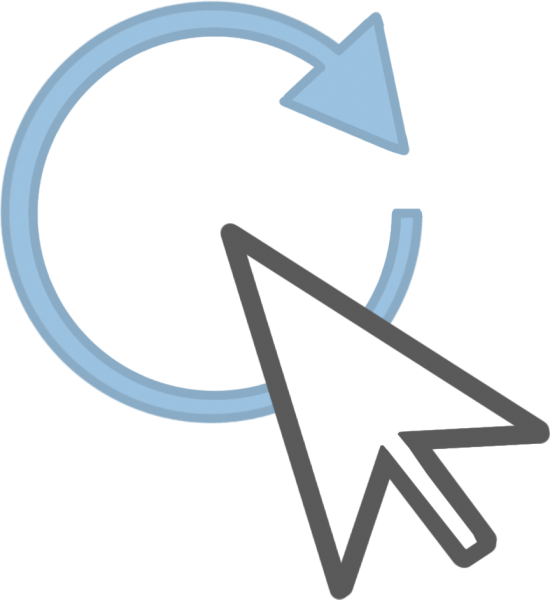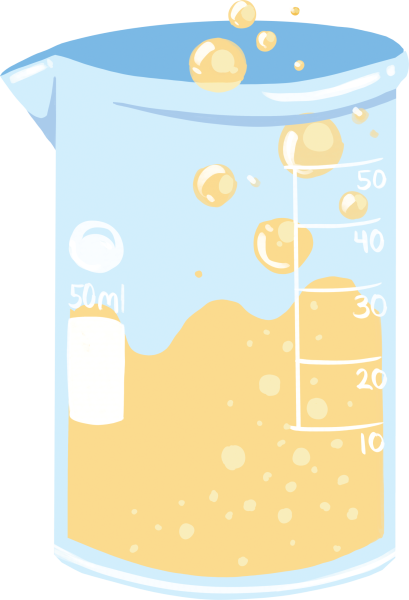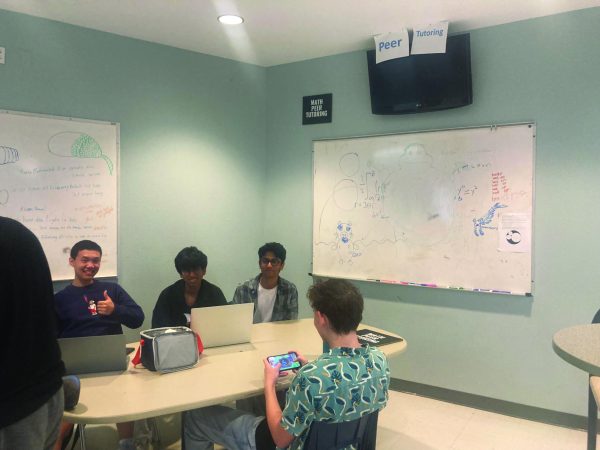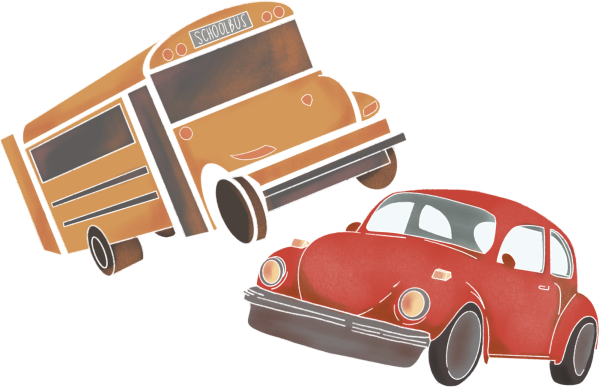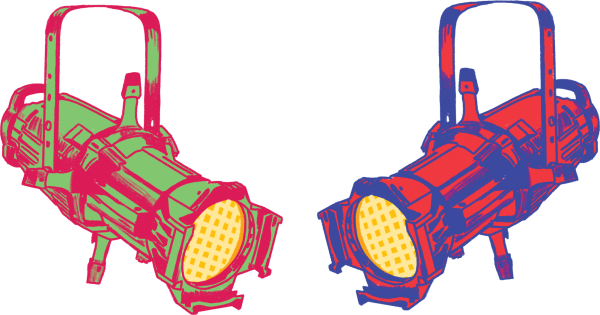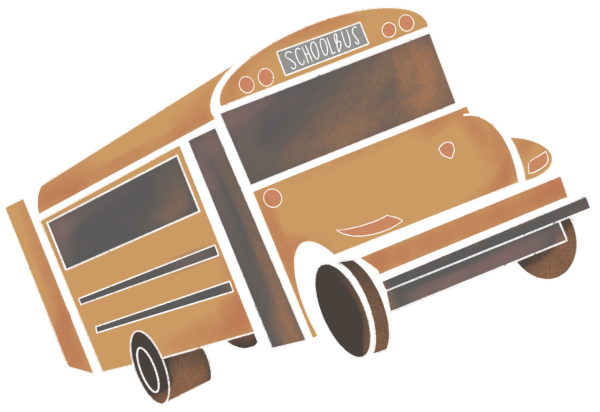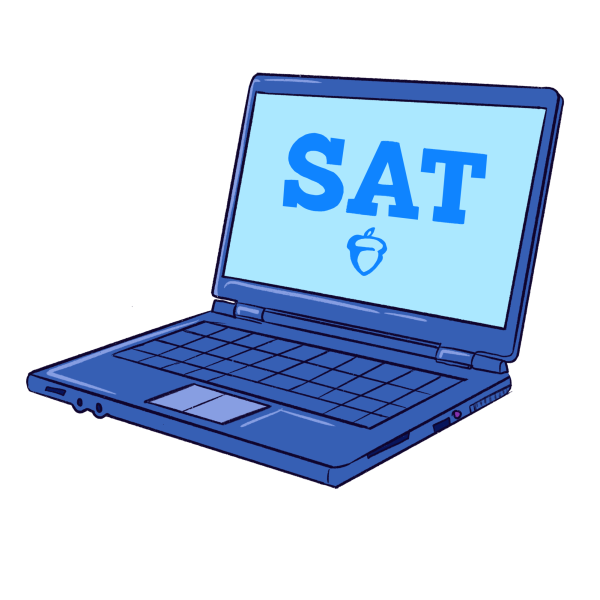Signature Courses Among COVID-19
January 21, 2021
LASA’s signature courses are known for their unique ability to develop group collaboration, creativity and analysis. However, the prevalence of online learning during the COVID-19 pandemic has forced teachers to adapt their curriculum.
LASA requires freshmen to take Electronic Magazine (Ezine), a graphic design and writing class where students create a magazine, and Science and Technology (SciTech), a class that develops critical thinking through engineering challenges. Meanwhile, sophomores take Planet Earth, a research class focused on geology and a biodiversity project wherein students collect data about organisms around Austin, and Great Ideas, a class focused on philosophy. Restrictions to in-person gatherings and the shortened semester forced entire lessons to be cut, students to learn new software and teachers to re-evaluate their goals.
Planet Earth teacher David Walker said his curriculum has adapted to concerns around in-person research. Instead of collecting data as a group at local parks, students now collect data individually to reduce their number of in-person interactions.
“We made a lot more variants in terms of the level of commitment that students would be required to have in their parks,” Walker said. “There are certain projects where students are going out to a park every week and collecting data. There are other projects where students are going out fewer times to their park and doing a lot of the data mining of resources that are already online.”
With fewer students gaining data in parks, the Planet Earth teachers shifted some research to iNaturalist, a platform for people across the globe to post organism photos and identifications, which other users can comment on. Sophomore Skyler Jones said iNaturalist helped her learn about her parks of interest from knowledgeable nature enthusiasts in her community.
“It is interesting to see that some people who aren’t in that class still are able to comment and say, ‘This is the right observation, or this might be different than what I have seen,’” Jones said. “I think that is really cool that there is a community like that.”
Similarly to Planet Earth’s venture in utilizing new platforms for data collection, Ezine teacher Kate McGuire said her class began using the graphic design platform Lucidpress to create the layout of its magazines. McGuire has enjoyed Lucidpress because it allows her to track her students’ progress, but she said that the platform is less advanced than InDesign, the software used by Ezine classes in previous years.
“I can easily go in and take a look at every kid’s design, see where they are,” McGuire said. “I like that aspect, but Lucidpress does not have some of the tools that InDesign does, and it makes it a little more difficult to export spreads and have them compile the magazine together.”
As the magazine technology adapted, Ezine’s atmosphere has changed due to the tighter schedule. McGuire said that she has cut out some creative elements of Ezine, such as typography and Photoshop, to ensure that students complete their magazines, which she regrets.
“We’ve had to completely get rid of those assignments because the kids have to focus on getting their magazine done,” McGuire said. “That has to be the end goal.”
McGuire has cut curriculum to focus on magazines, and Great Ideas teacher Shaw Vallier said that he cut parts of his curriculum too. Vallier took out the Media and Aesthetics units because of past feedback regarding discussions and student interest.
“We tended to go for what we thought facilitated more discussion or the things that got the most positive feedback in recent years,” Vallier said. “Any works that kids particularly enjoyed, we didn’t trash those.”
While curriculum has been cut in the Great Ideas class, there is still a lot of content. Vallier said that the aspect of asynchronous work has been beneficial to allow students the time they each need to understand topics.
“Since these works are very dense, it gives you time to just think about it, marinate on it, and then you come back the next day, hopefully, with more ideas,” Vallier said, “because usually we don’t get our best ideas or our best reactions right after we read something or hear it.”
SciTech teacher Amy Moore said that asynchronous time has allowed students to think more about the engineering process. They now have more than just in class time to contemplate their work.
“If you’re at home, you’re just gonna keep doing it until you can get it to work, so we couldn’t focus so much on the outcome,” Moore said. “We had to focus on the process of it and the testing.”
The varied process of each build has also caused a change in group collaboration. Instead of students working together to complete one challenge over months like previous years, SciTech student and freshman Jonathan Renk said his class conducted peer reviews on five shorter, independent projects.
“We would show what we designed, and then we could get feedback from each other on what we could change to make it more efficient,” Renk said. “I think it has been very helpful.”
Ezine, SciTech, Planet Earth and Great Ideas have experienced adaptations in either group collaboration, curriculum or software. While adapting courses has been challenging, Walker said there are positive aspects to the changes.
“While there are a lot of things that are real bummers about teaching remotely,” Walker said, “we have discovered some things that we’ll probably continue to incorporate in our course.”


